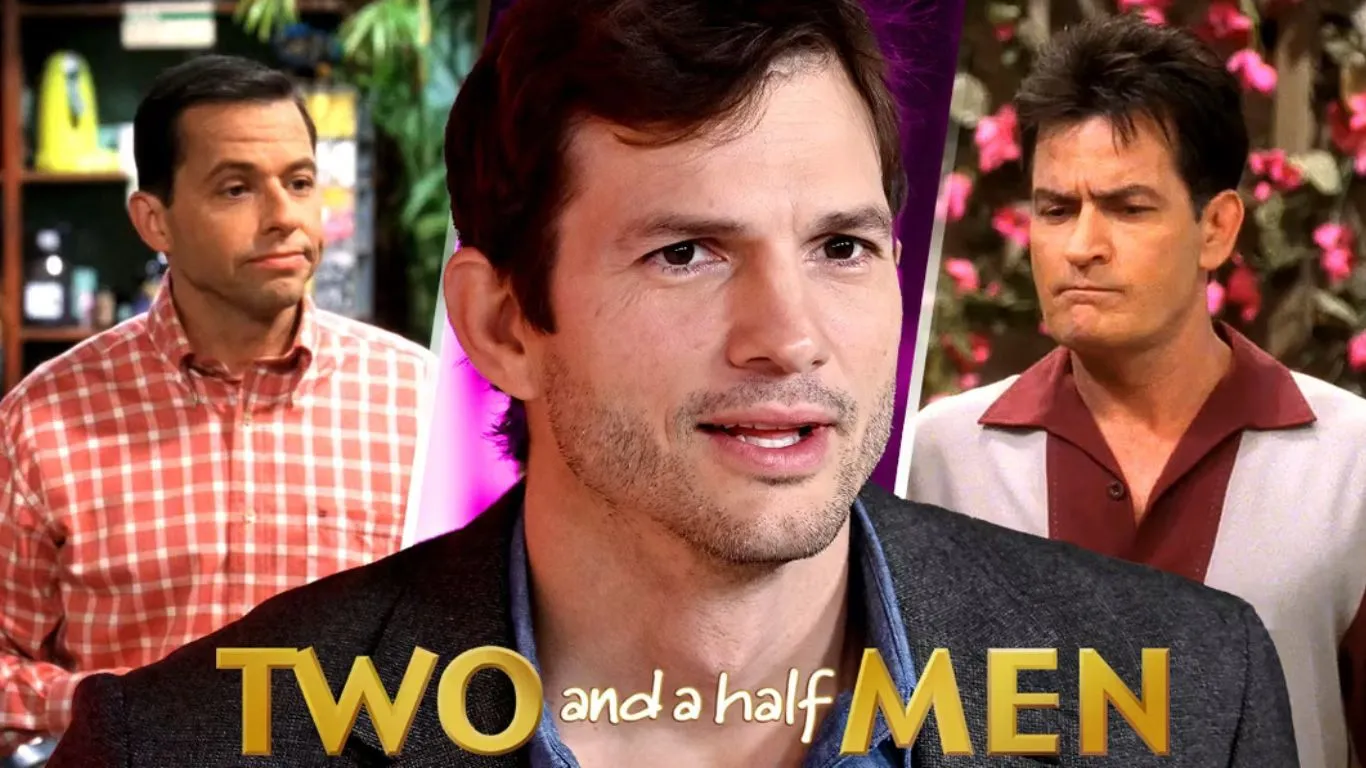The thin man of the comedy duo Laurel and Hardy was a complex figure

First of all, I have to declare an interest. I was born in the same town as Stan Laurel. Ulverston is a small market town, a few miles south of the Lake District on the coast of Cumbria. It was here in Argyll Street on the 16th of June 1890 that Arthur Stanley Jefferson was born. The house belonged to his grandparents and it wouldn’t be long before his theatre-working parents were once more on the move. Now there’s a museum and a commemorative statue and the town is rightfully proud of its most brilliant son. And they like Stan Laurel too!
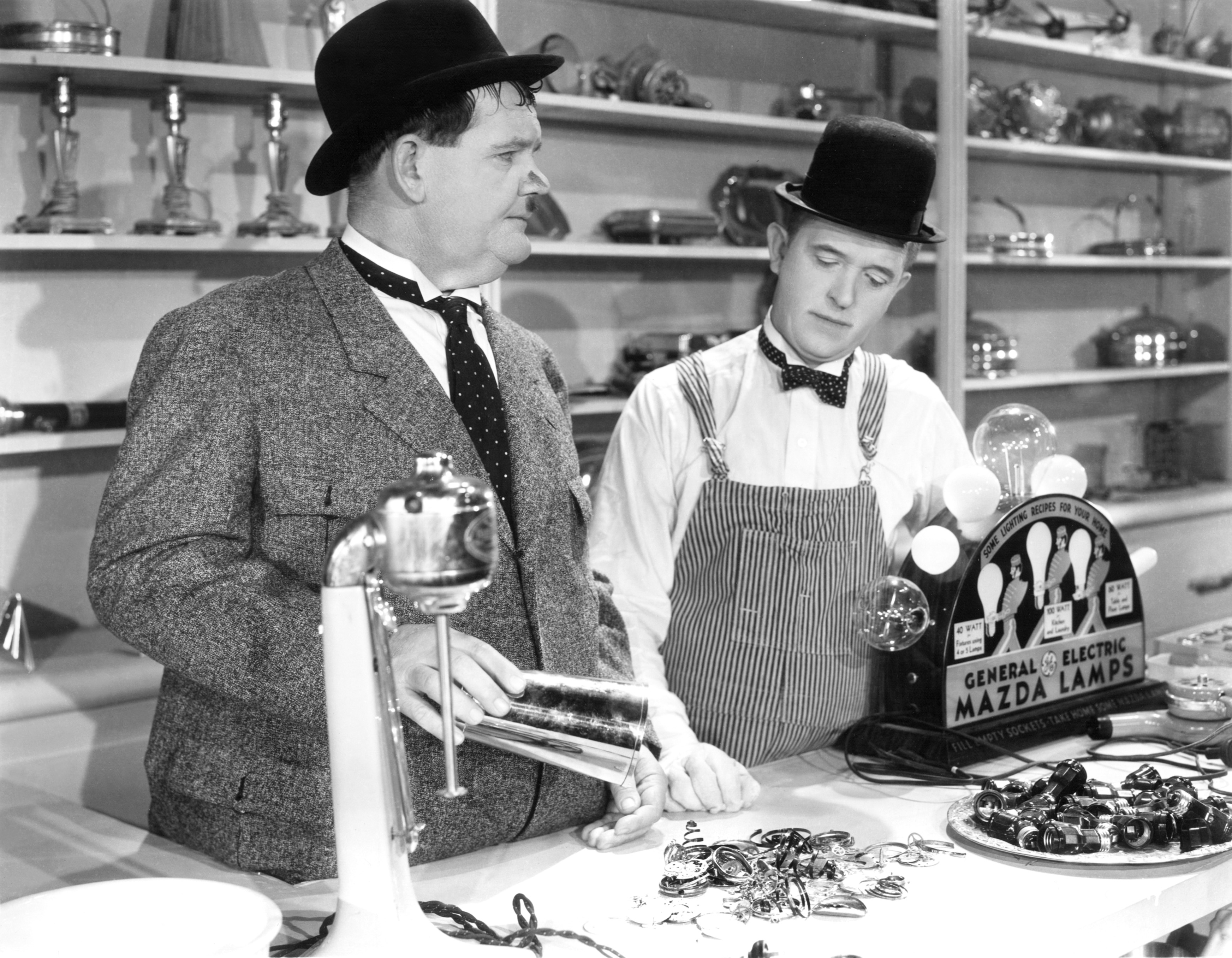
Okay. That’s a terrible joke, but I have a feeling Stan would have enjoyed the (attempted) gag. He was a gag man after all. Shipping over to the states in the same Vaudeville troupe as Charlie Chaplin, Stan Jefferson – as he was then still known – understudied Chaplin and soon followed him into the burgeoning silent movie industry in California. He’d appear with Oliver ‘Babe’ Hardy first in 1921, but the team would not come together properly until Stan had almost given up on his career as an actor. Primarily hired by Hal Roach as a writer and director, the newly christened Stan Laurel fortuitously was called on to act following a fellow performer being hospitalised. Although appearing in a bunch of films together, they would first be officially billed as Laurel and Hardy in 1927’s Putting Pants on Philip.
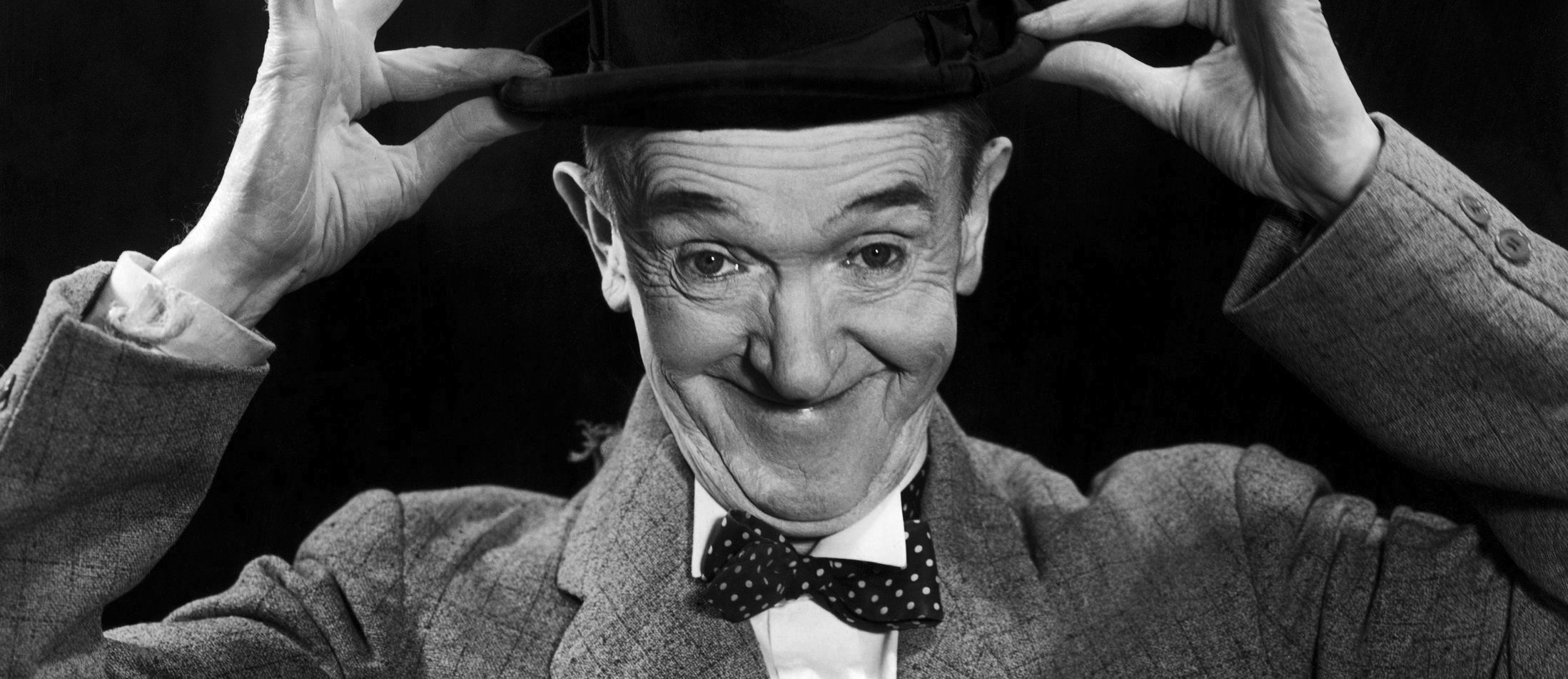
You can watch it on YouTube, but it isn’t quite Laurel and Hardy. Of the two, it was Stan who found it difficult to find a proper character. He’d tried out several personas already, including a Wooster-ish upper class twit. Hardy was the more confident and subtle performer. He’d worked as a cinema projectionist so had seen thousands of films and knew how a small facial movement could do everything on the big screen. It also might have influenced his brilliant breaking of the fourth wall. He knows exactly where and who the audience are and he appeals to our sympathy as he suffers numerous indignities.

Once Stan had worked out his persona, he grew into the part – his happy innocence, his child-like blubbering, his unkempt hair, his occasional magical ability to light his thumb on fire endeared him to audiences. Laurel and Hardy were an unusual double act in that neither one was actually the straight man. They were both equally ridiculous, even if Ollie wanted to think himself as the regular gent. Another unusual and little known aspect was the fact that the two seemed to get on very well. They were mutually respectful at first – there were no rows about screen time or anything like that – and this turned into a genuine affection and friendship.
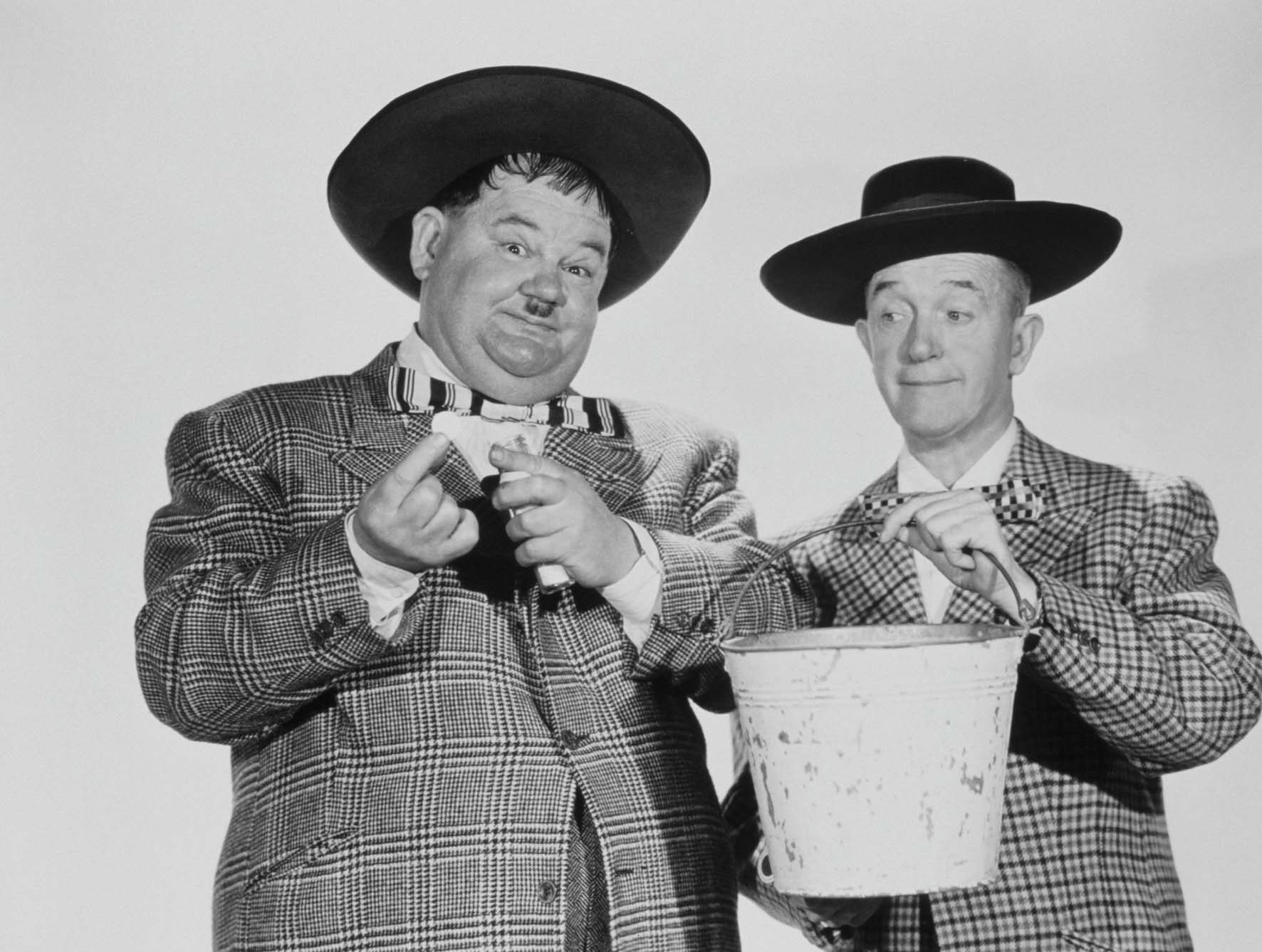
This helped their longevity as did the transition to sound. Whereas most of their silent colleagues either went into denial – Chaplin – or decline – Buster Keaton – Laurel and Hardy took to sound as a genuine addition to their art. Laurel’s English accent contrasted to Hardy’s Georgia accent and added another contrast to the fat/thin chalk and cheese-ness of the duo. But as he and Ollie went from success to success on the silver screen, his private life was a catastrophe, a car crash and a custard pie fight all in one. The goofy innocent of the films was in real life a ladies man and he had long running affairs, married a number of women, one of them twice and once dug a hole in his garden and threatened to bury his latest wife. This last move savours of a public gag, a story intended to be told and perhaps put a jaunty light on all the running around. This is credible because the papers and the public knew all about his private life, reporting every detail and marvelling at the disconnect between the saintly Stan and the apparently raffish Laurel.
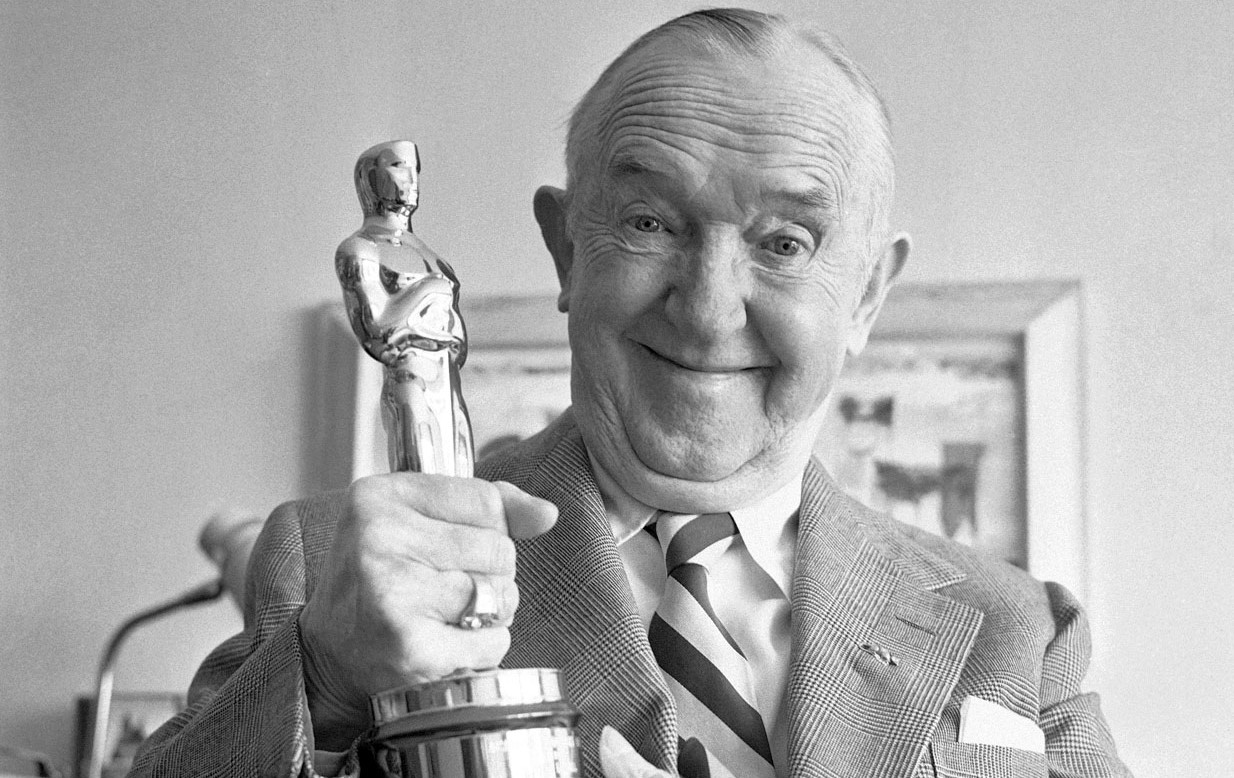
But the wives, the children and the lovers was having a financial and emotional cost. Essentially a romantic, Laurel was not an insatiable seducer so much as a someone who was constantly searching for companionship and love. His long list of ex-s was more a failure than something to boast of. He bitterly regretted his inability to find the right person to share his life with and what he saw as his own deficiencies as a husband. And by 1946, Laurel despite being one of the most bankable talents and internationally recognised was practically broke (by Hollywood standards) with $2000 left in the bank. This came just as the comedy team began a steady decline of over-familiarity, poorer scripts and neglect from the studios. Both Stan and Ollie were having health problems as well and it is towards the latter part of this post-war decline that Stan and Ollie, the new film starring Steve Coogan and John C Reilly is principally set.
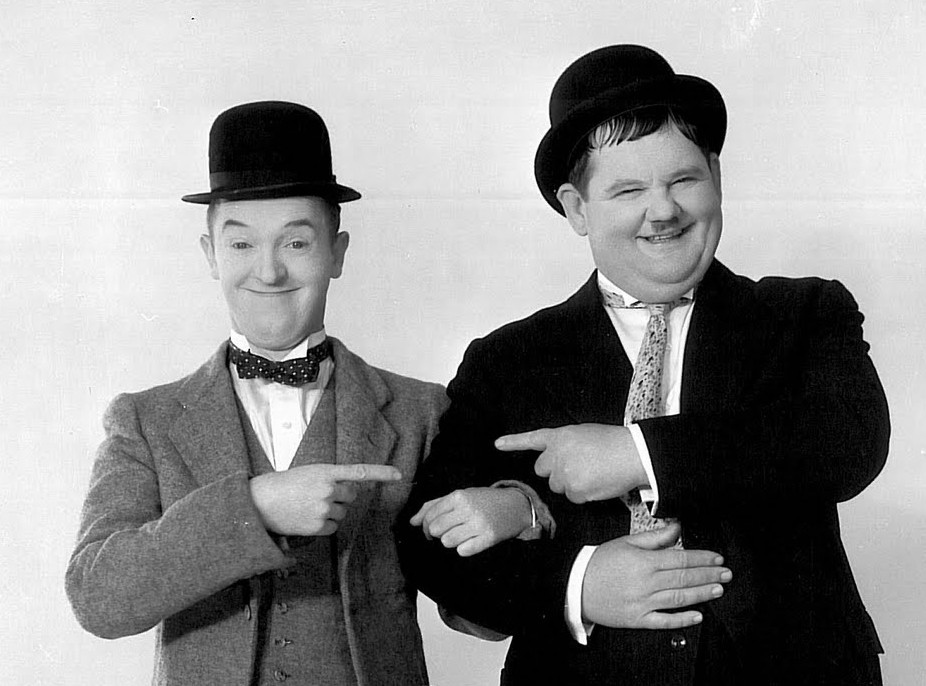
When Babe finally went tot he great prat fall in the sky, Stan retired from performance. He would still write routines for him and his late partner to perform and was generous in giving advice and praise to young comedians, many of whom – like Jerry Lewis and Dick Van Dyke – would phone him up, having found his number listed in the public directory. And yet despite the public adoration and nostalgia, Stan refused to take once more to the stage and he was right. Whereas Chaplin had wanted to be an artist and Keaton had never found his voice, Laurel had found himself in Laurel and Hardy. He only ever made sense when paired with his partner and he only ever wanted to make people laugh. Talents as great as Samuel Beckett, Kurt Vonnegut and JD Salinger would pronounce the pairing as secular gods of comedy, but for Stan Laurel it was all just one fine – exceptionally funny – mess.



